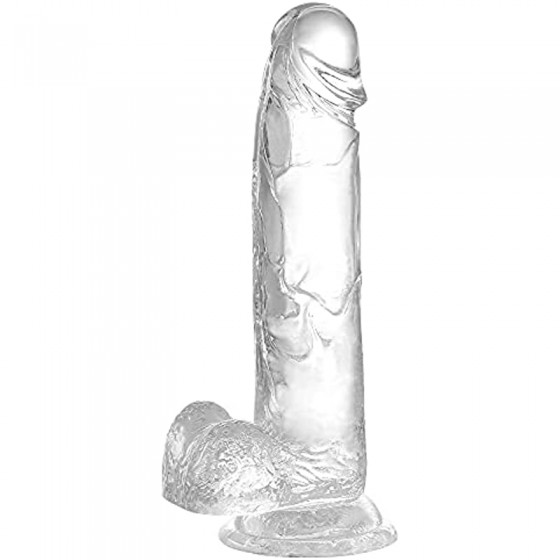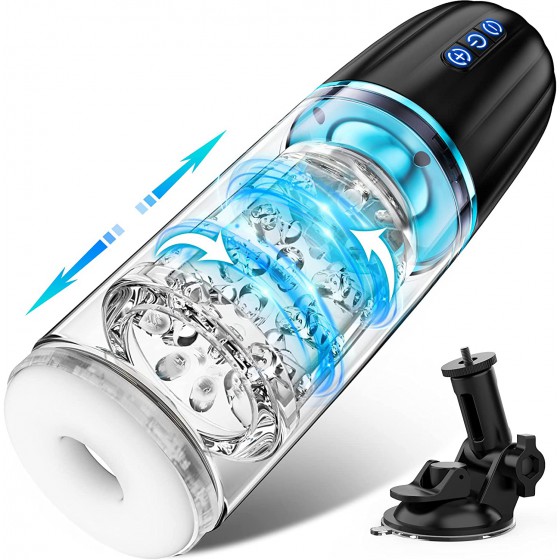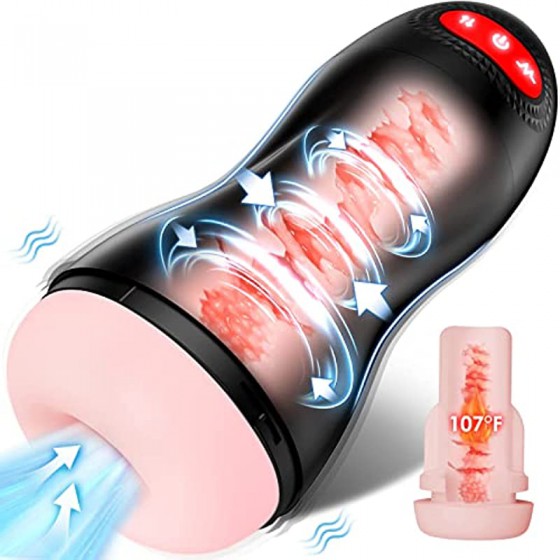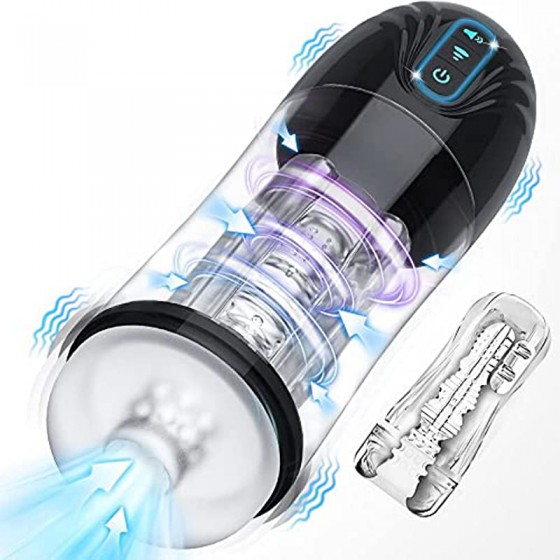What do both men and women need to check before pregnancy?
Wei Jiaxue, a specialist at the hospital's eugenics center, told reporters that in recent years, the proportion of pregnant women with fetal abnormalities has increased. Among them, there are many children with very serious congenital heart disease, which are closely related to the physical condition of both parents. Some diseases can be discovered through prenatal physical examination and preventive measures can be taken. Wei Jiaxue advocates that every couple who wants to have a child should have a physical examination to prepare for the arrival of the baby in the best physical condition. What should be checked before pregnancy? What items need to be checked before pregnancy? Many hospitals offer a variety of pre-pregnancy check-up packages for candidates to choose from. Wei Jiaxue from the Eugenics and Perinatal Genetics Center of Guangzhou Maternity and Infant Hospital said that pre-pregnancy check-ups should be determined according to one's own situation. Generally, a pre-natal check-up is carried out in the hospital. The doctor will also ask in detail the past health conditions of the examinee and their family members, and what kind of diseases they have suffered from. Diseases, how to treat them, etc. If you and your spouse have no obvious diseases, you can choose the following most basic pre-pregnancy examination items: Physical examination time: three months before pregnancy. If the examination time is too early, some physical examination contents will change, such as semen quality, secretions, etc., which will have no reference value for physical condition. Examination objects: Both husband and wife need to be examined. Some items are specific to wives, some are specific to husbands, and some items need to be checked by both. Female examination items Examination 1: Routine leucorrhea (reproductive system) Examination content: Check for trichomonas, fungal vaginitis, mycoplasma and chlamydia infection, vaginal inflammation, and sexually transmitted diseases such as gonorrhea and syphilis. Purpose of examination: If you suffer from these diseases, there is a risk of miscarriage, premature birth, etc. after pregnancy. To avoid menstruation, check when menstruation is just clear. Examination 2: TORCH (complete set of TORCH) examination content: This examination includes rubella, Toxoplasma gondii, cytomegalovirus, herpes simplex virus, and parvovirus. Purpose of examination: Once infected with the virus, it can cause miscarriage and fetal malformations. Test 3: Liver and kidney function Test content: Liver and kidney function test, two and a half tests, blood sugar, bile acid and other items are done at the same time to fully understand the physical condition. Purpose of examination: If the woman is a patient with hepatitis or kidney disease, pregnancy will cause premature birth of the fetus, and the hepatitis virus can also be directly transmitted to the child. This item will be checked during a general physical examination. If you've checked this before, there's no need to repeat it now. Examination 4: Routine urine examination content: Check whether the subject has urinary tract infection, nephritis, or diabetes. Purpose of examination: The 10-month pregnancy is a huge test for the mother’s renal system. Increased body metabolism will increase the burden on the kidneys. Inspection 5: Oral examination Inspection content: Check for oral diseases. Purpose of examination: If your teeth hurt during pregnancy, treatment will be difficult, considering the impact of the medication on the fetus. Pregnant women with dental disease need to be examined, while those without dental disease do not need to be examined. Examination 6: Gynecological endocrinology \ immune system examination Examination content: Endocrinology includes 6 items including follicle stimulating hormone, luteal survival hormone, etc.; immune examination includes anti-sperm antibodies, anti-endometrial antibodies, etc. Purpose of examination: diagnosis of ovarian diseases such as irregular menstruation. Check on the second day of menstruation. Men’s examination items: Childbirth is a “male and female” job. Men should not think that it is enough to have good physical strength. Diseases such as azoospermia and sperm abnormalities do not necessarily cause discomfort, and can directly affect the fetus. healthy. Moreover, it is especially common for men to have problems with their semen. Therefore, men must have a semen test. Inspection items: Semen examination Inspection content: Check semen volume, color, consistency, liquefaction, PH value, sperm density, motility rate, morphology, etc. Purpose of examination: It can predict in advance whether the semen is active or whether there is oligospermia or weak sperm. Examination method: Extract male semen for examination. If the sperm motility is not enough, nutritional supplements should be provided. If oligospermia occurs, men should give up bad hygiene habits, such as not smoking, drinking alcohol, and wearing tight underwear. If it is azoospermia, the cause should be analyzed. , decide whether to use assisted reproductive technology. In addition, problems with the male genitourinary system have a great impact on the health of the next generation. If a man has ever suffered from mumps, cryptorchidism, testicular trauma and surgery, testicular pain and swelling, hydrocele, oblique hernia, urethral discharge, etc., provide this information to the doctor, consult carefully, and choose Add appropriate physical examination items. Both men and women should be checked. Check 1: ABO hemolysis. Check content: including blood type and RH blood type identification. Purpose of examination: to determine whether neonatal hemolytic disease will occur. Inspection method: venous blood draw. The woman's blood type is O and her husband is type A or B, or there is a history of unexplained miscarriage. Examination 2: Chromosome examination. Examination content: Check for hereditary diseases. Purpose of examination: to reduce the birth of children with defects caused by chromosomal abnormalities. Inspection method: venous blood draw. Men or women with a family history of genetic diseases, women with a history of miscarriage. Others do not need to be checked. Problems detected should be actively treated with the help of a doctor, and you must not give birth while sick. The existing clinical cases warn you not to take chances. Some men often do not pay attention to the low quality of their sperm, resulting in problems with the quality of their fertilized eggs and miscarriage. Some women have blocked fallopian tubes, resulting in ectopic pregnancy after pregnancy. This article comes from adult.6kmall.com and is published by netizens. This site only quotes it for reference. It does not mean that this site agrees with the views of the article. If you believe that the content and intellectual property rights of this article infringe upon your interests, please contact us.













